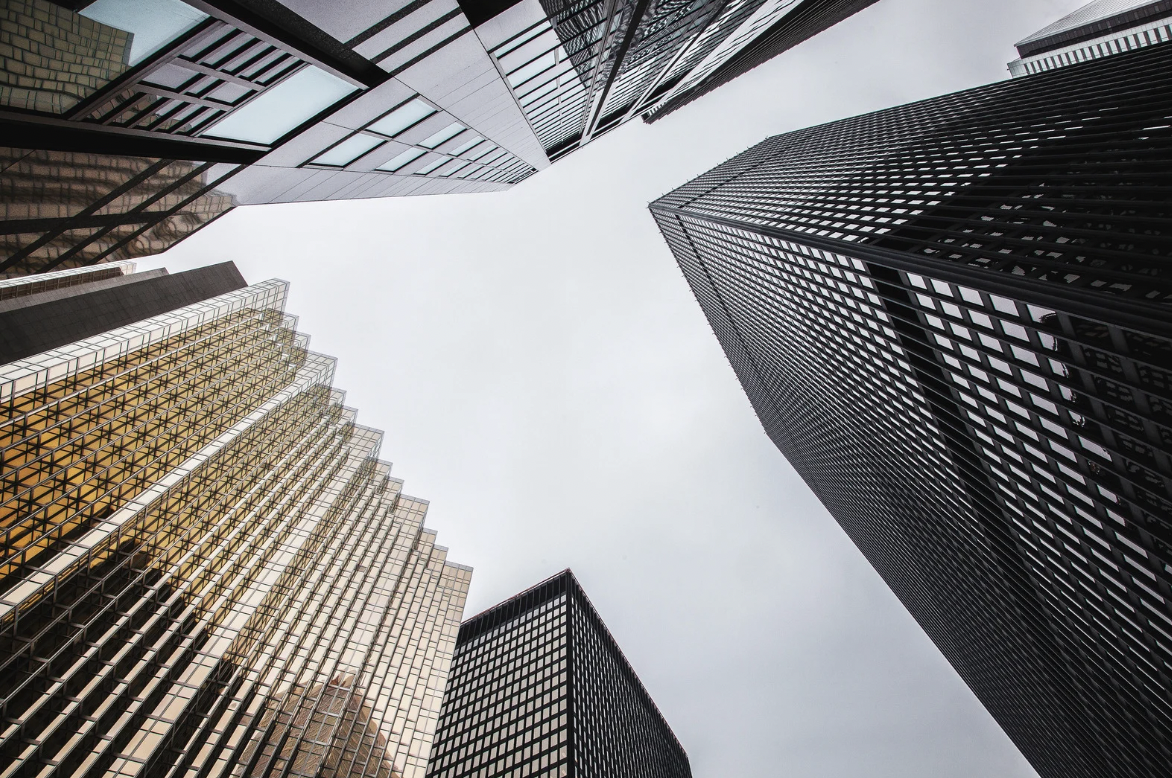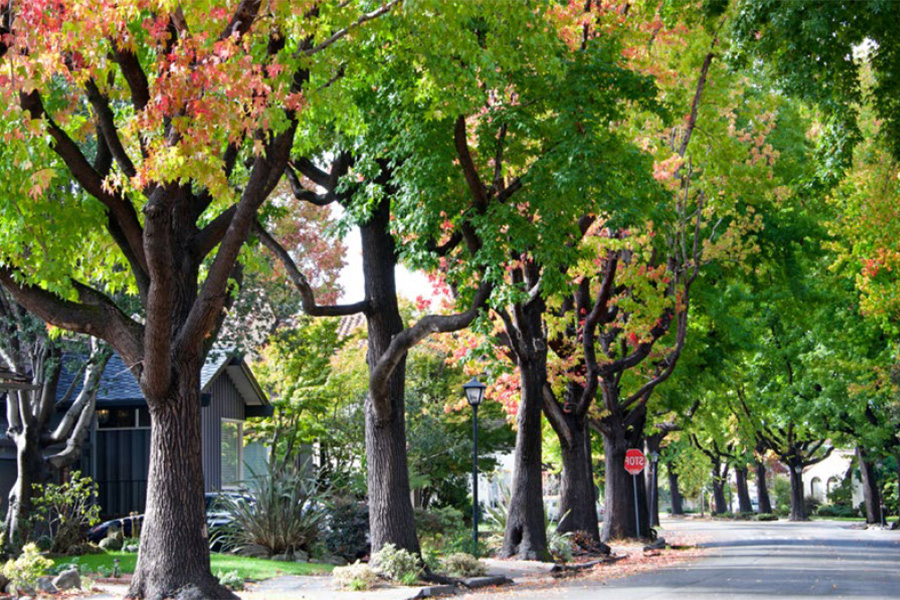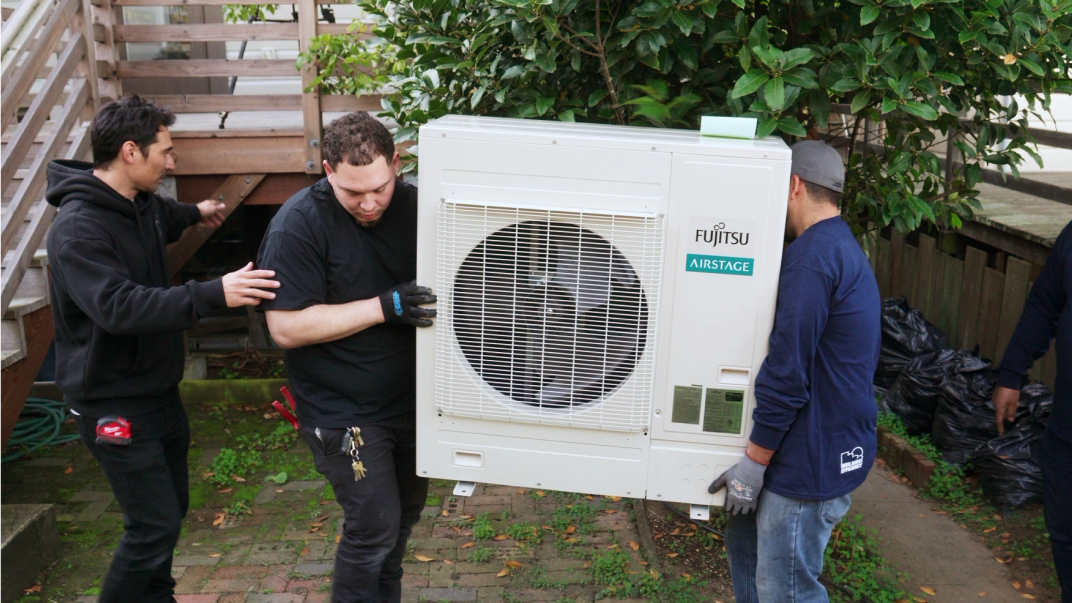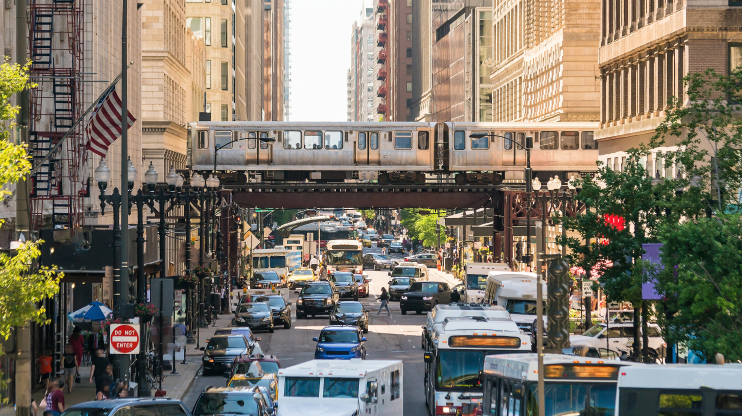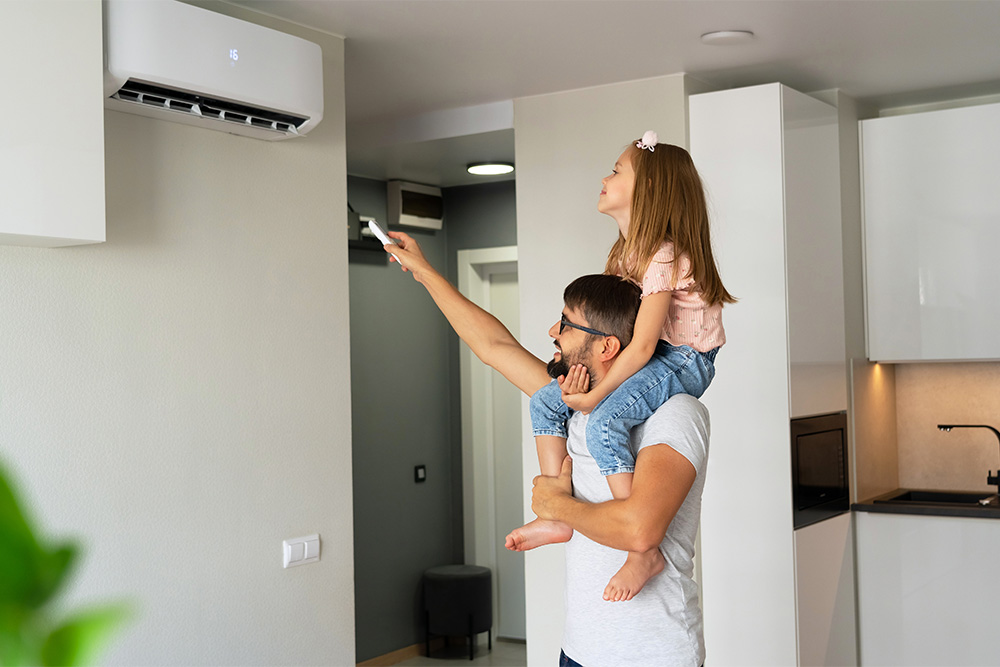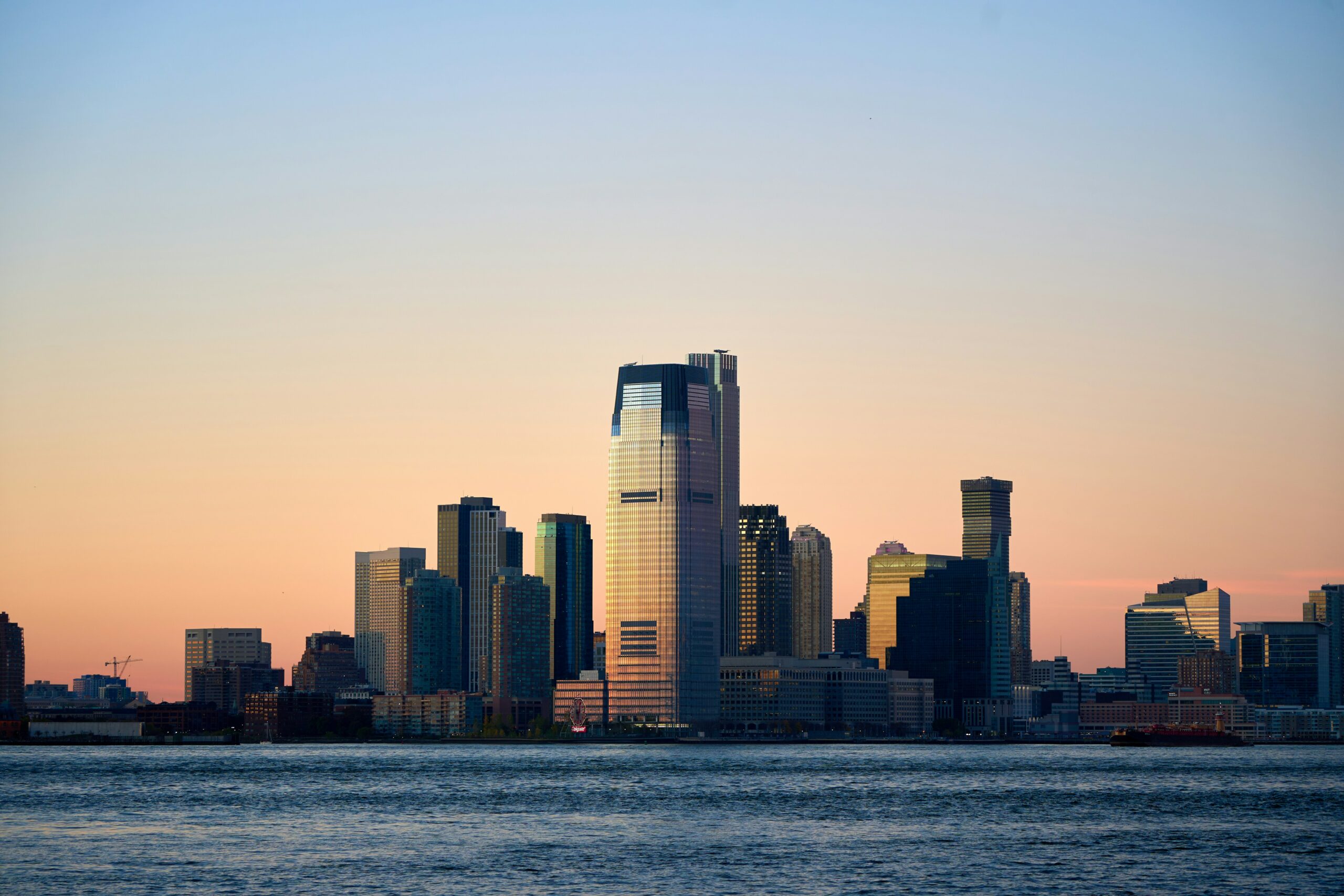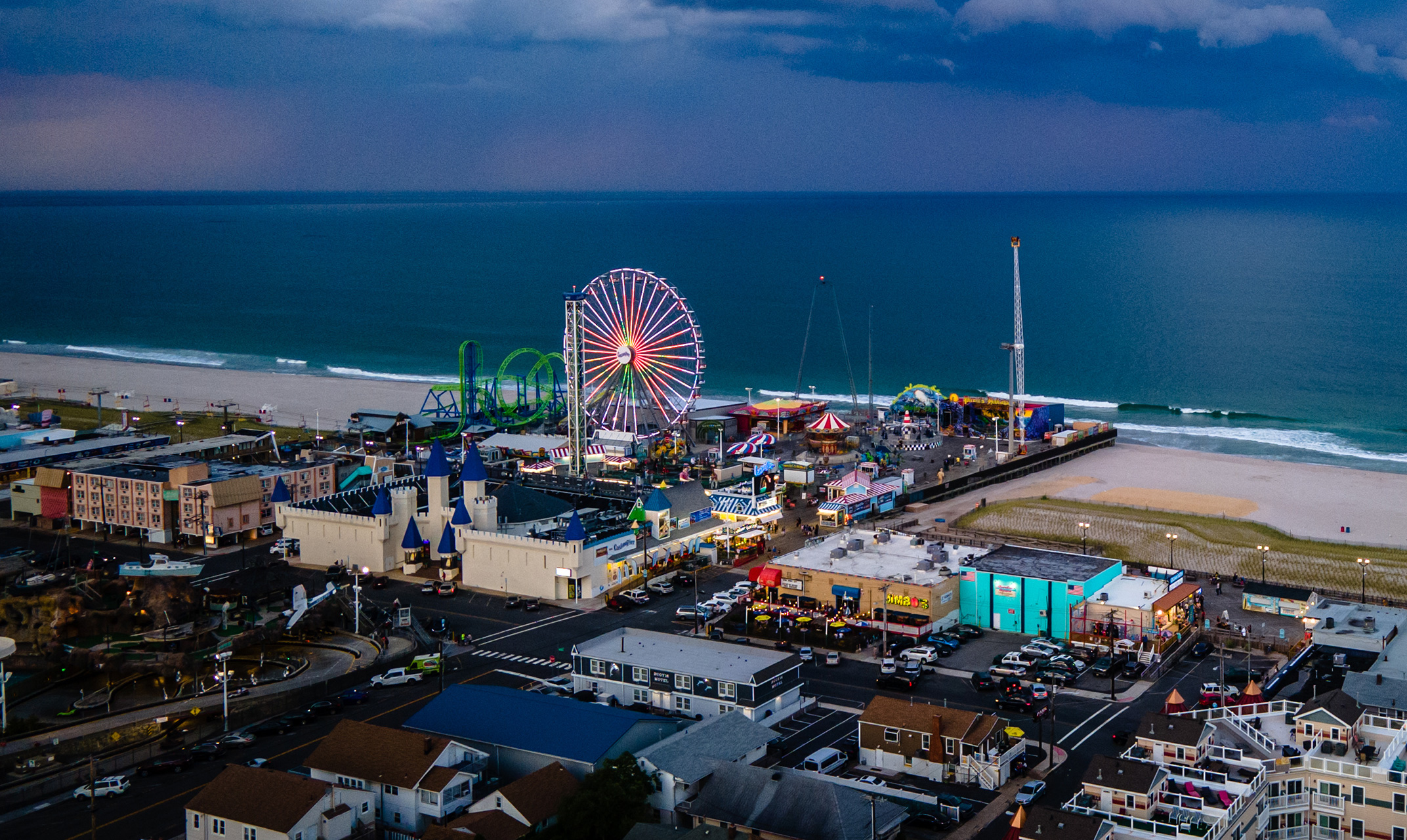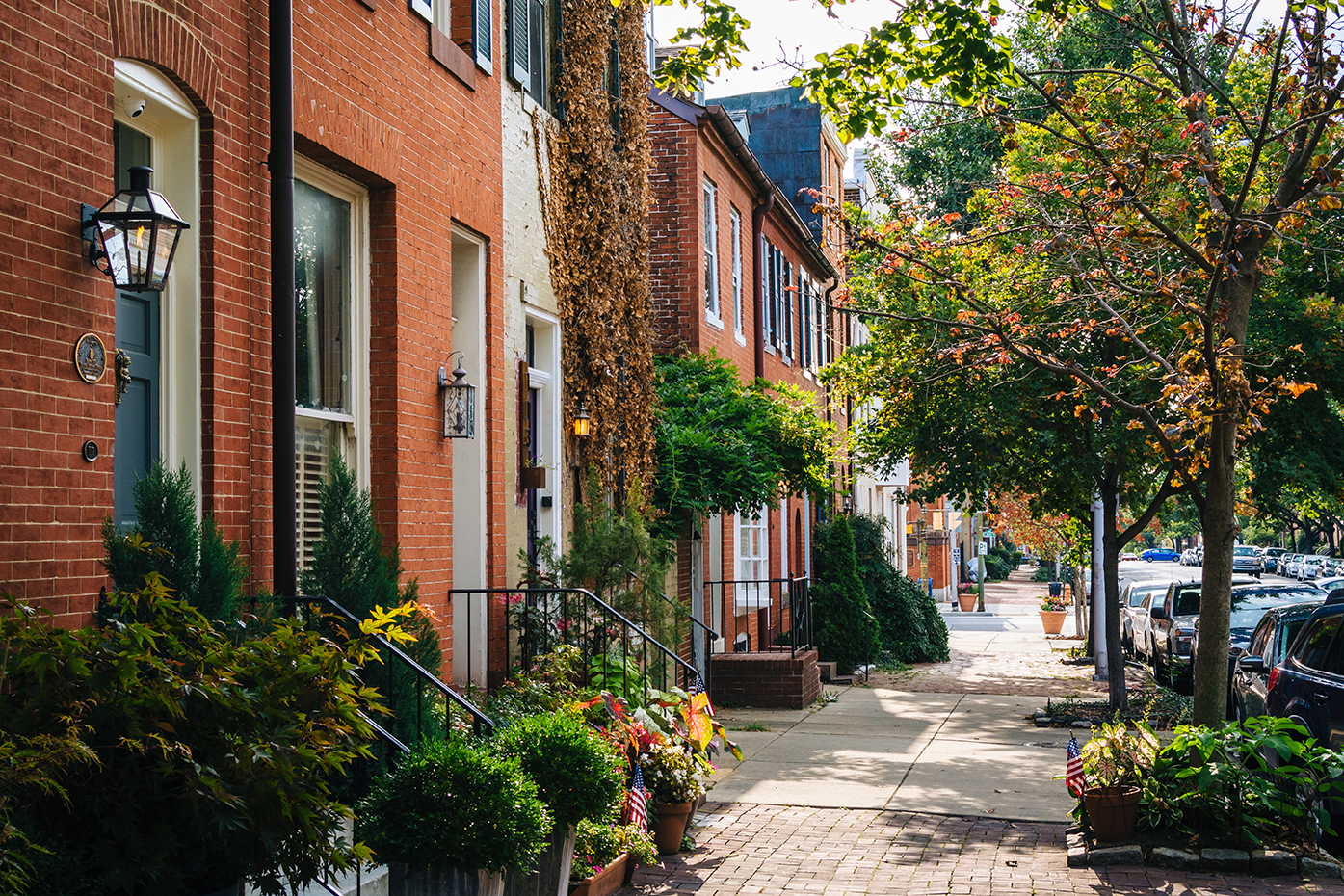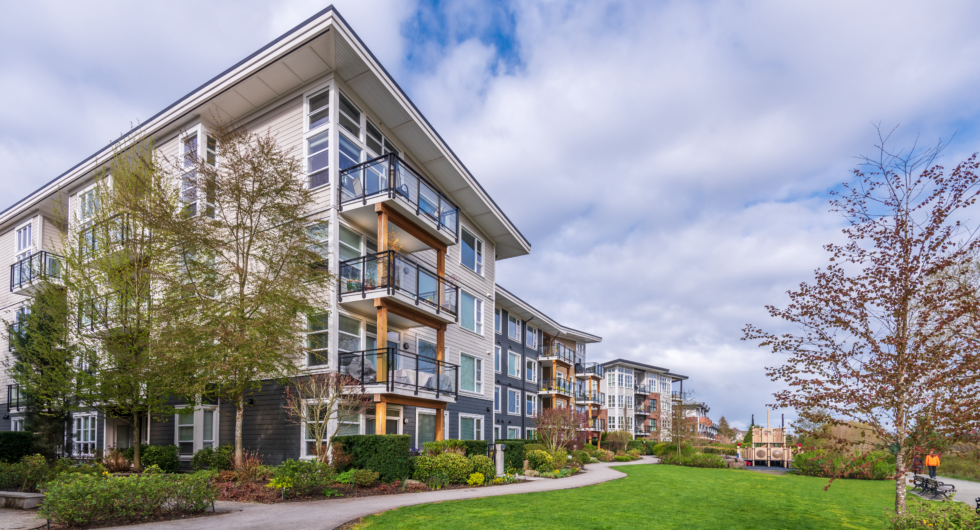
Why now?
Building electrification is the path to cleaner, healthier, more affordable energy.
Why buildings?
Every day, fossil fuel buildings expose those living and working in them to a host of environmental, financial, and health risks. The technologies exist to transition buildings off of fossil fuels entirely, but today we continue to connect a new customer to the gas system every minute or every day, 365 days per year.
-
Every new gas pipe or appliance that is installed is a future stranded asset. Gas infrastructure is heavily subsidized by utility ratepayers (which includes all of us) and financed over 60-80 years. A quarter of active gas mains in the U.S. are more than 50 years old and nearing the end of their lifespan. We should not be expanding and subsidizing this volatile industry – we should be shrinking it.
-
We spend 90% of our time indoors in unregulated air that the EPA estimates to be two-to-five times more polluted than outdoor air. Children living in homes with gas stoves are 42% more likely to experience asthmatic symptoms, and pollution from buildings accounts for 25% of all premature deaths from air pollution nationwide. Methane gas is toxic – it should not be in our homes and workplaces.
-
Buildings generate nearly 30% of America’s greenhouse gas emissions. Importantly, burning fossil fuels in buildings releases methane – a gas that is over 25 times more potent than carbon dioxide – into the atmosphere. Burning methane gas is now the fastest growing source of pollution globally. To fight climate change, it’s essential to eliminate methane emissions from buildings.
-
Each year, gas price fluctuations force 30% of American families to choose between heating their homes and paying for food and medicine. Studies show that gas leaks are higher in areas with a majority of people of color and in lower-income areas. We must ensure that these communities are protected, and first in line to receive the benefits of building decarbonization.

What BDC is doing
The BDC unites policymakers, building industry stakeholders, advocates, and consumers in the effort to move buildings off fossil fuels. Find out how our programs and initiatives help reduce pollution, improve public health, and lower energy bills for millions of Americans.
The BDC unites policymakers, building industry stakeholders, advocates, and consumers in the effort to move buildings off fossil fuels. Find out how our programs and initiatives help reduce pollution, improve public health, and lower energy bills for millions of Americans.


